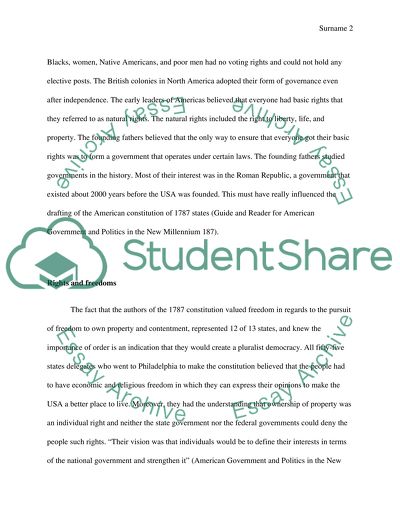Cite this document
(“American Constitution of 1787 and pluralism Essay”, n.d.)
Retrieved from https://studentshare.org/history/1487484-who-principally-obtained-power-from-the-original
Retrieved from https://studentshare.org/history/1487484-who-principally-obtained-power-from-the-original
(American Constitution of 1787 and Pluralism Essay)
https://studentshare.org/history/1487484-who-principally-obtained-power-from-the-original.
https://studentshare.org/history/1487484-who-principally-obtained-power-from-the-original.
“American Constitution of 1787 and Pluralism Essay”, n.d. https://studentshare.org/history/1487484-who-principally-obtained-power-from-the-original.


